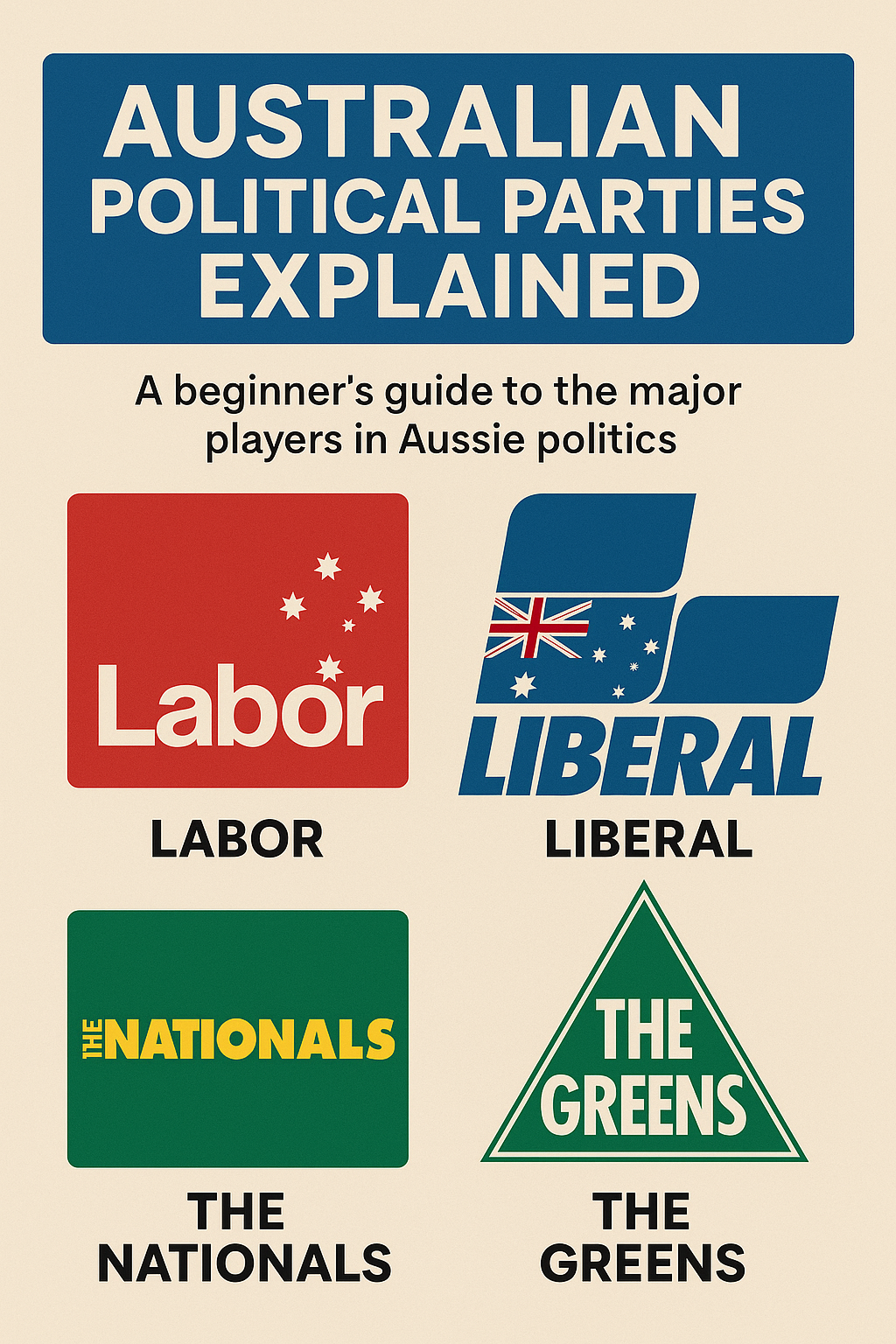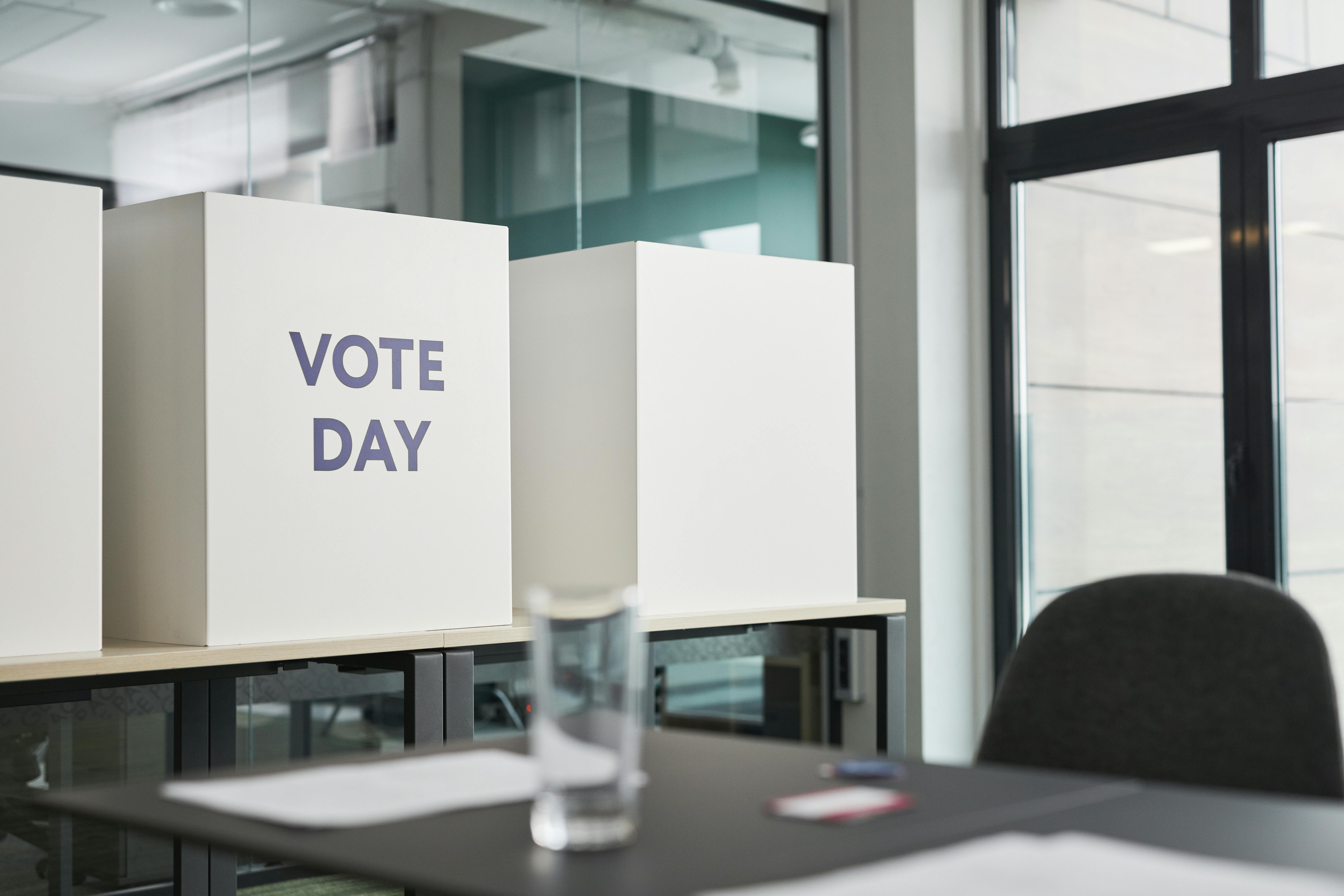What Are the Main Political Parties in Australia?
The Big Idea in 30 Seconds
- Australia has two major political parties: the Australian Labor Party and the Liberal Party of Australia.
- The Nationals usually team up with the Liberals in a partnership called the Coalition.
- Minor parties, like the Australian Greens, also play a role—especially in the Senate.
- Australians vote in regular federal elections to choose members of the House of Representatives and the Senate.

Understanding Australia's Political Parties
Let’s make this simple. Australia’s democracy is a bit like a sports league. You’ve got a few big teams that get most of the attention, plus a bunch of smaller teams that can still make a big difference.
At the national (federal) level, three major teams matter most:
1. The Australian Labor Party (or Labor)
2. The Liberal Party of Australia (or the Liberals)
3. The Nationals
They’re joined by smaller but still powerful teams like:
- The Australian Greens
- A mix of minor parties and independents
Let’s break them down.
The Two Major Parties: Labor and Liberal
Australian Labor Party (ALP)
Labor is one of the oldest political parties in Australia. It was founded by workers more than 100 years ago. These days, the party focuses on things like:
- Helping working people
- Improving public health and education
- Supporting renewable energy and climate action
Labor is usually seen as "center-left." That means they support more government action when it comes to people’s lives—like public hospitals or free schooling.
Recent Prime Ministers from Labor include Anthony Albanese and Kevin Rudd. For more on the lives behind leaders like Rudd, check out Political Lives by Chris Wallace.
Liberal Party of Australia
Despite the name, the Liberal Party is actually more conservative. It supports free markets (meaning businesses should have more freedom), lower taxes, and smaller government.
Think of them as center-right. They often attract:
- Business owners
- People who prefer private over public services
- Voters focused on traditional values
The Liberal Party has given Australia leaders like Scott Morrison, Malcolm Turnbull, and Tony Abbott. Abbott’s time as Prime Minister is explored in The Road to Ruin by Niki Savva.
The Coalition: Liberals + Nationals
The Liberal Party often doesn’t govern alone. It forms a team with another party—the Nationals. This partnership is called "The Coalition."
The Nationals
The Nationals mostly represent people who live in rural or regional areas (think small towns and farming communities). They often focus on:
- Protecting farming and agriculture
- Building regional roads and services
- Backing the interests of country towns
The Nationals don’t usually win many seats on their own. But when they team up with the Liberals, they help form governments and shape policy.
Minor Parties Making a Big Impact
Minor parties aren’t as big, but they can still be powerful—especially in the Senate. The Senate is Australia's upper house of Parliament, a bit like the U.S. Senate, where smaller groups often have more say.

Australian Greens
The Australian Greens focus on:
- Climate change
- Environmental protection
- Social justice
They usually attract younger urban voters and often hold several Senate seats. This gives them a voice in big national debates, even if they don’t form government.
Other Minor Parties and Independents
Australia’s voting system allows independent candidates and small parties to win—especially in the Senate. These include:
- Katter’s Australian Party
- Jacqui Lambie Network
- Pauline Hanson’s One Nation
- Teal independents—eco-friendly and business-minded candidates
These players may not always agree with the big parties. But they’re often needed to pass laws in Parliament.
For background on how right-leaning minor parties have shaped Australian politics, explore The Rise of the Right by Greg Barns and Anna Krawec-Wheaton.
How Elections Fit In
Every few years, Australians vote in a federal election. They choose:
- Members of the House of Representatives (lower house)
- Senators for the Senate (upper house)
The party (or coalition) that wins the most seats in the House of Representatives forms the government. The leader of that party becomes the Prime Minister.
But laws also have to pass through the Senate. And that's where minor parties and independents often hold power. It’s like needing two puzzle pieces to make anything fit.

The Bottom Line
Here’s your takeaway:
Australia’s political system is a tug-of-war between two major parties—Labor and the Liberals—plus a
few smaller players who can tip the balance. You don’t need to memorize every name. But
understanding this political map helps you follow elections, know who’s in charge, and make informed
choices when it’s your turn to vote.
Want to go deeper? Dive into books like The Road to Ruin by Niki Savva or Political Lives by Chris Wallace for the behind-the-scenes stories.
Democracy’s better when you understand how it works. Now you do.
Find your place on the spectrum.
Now that you know the basics of the Australian parties, see where your own views align.
Take the Free Political Test